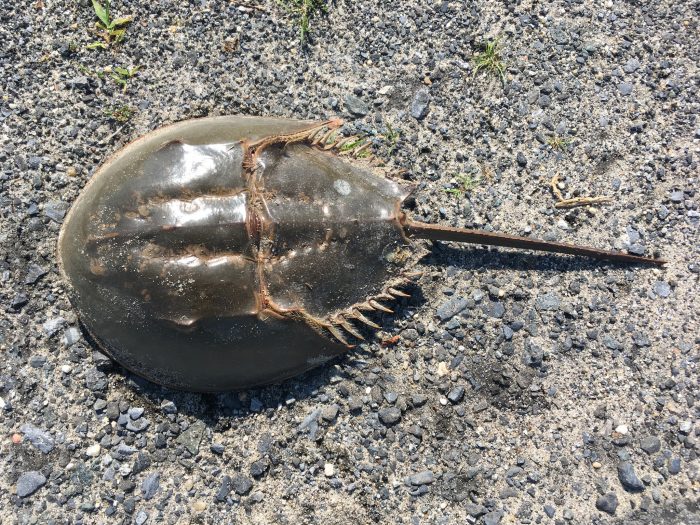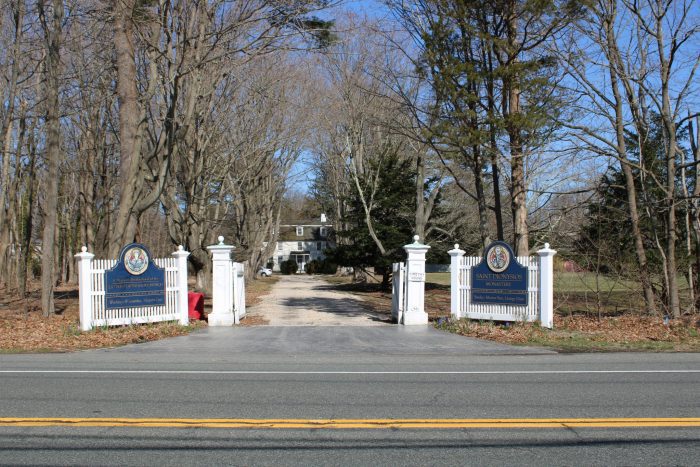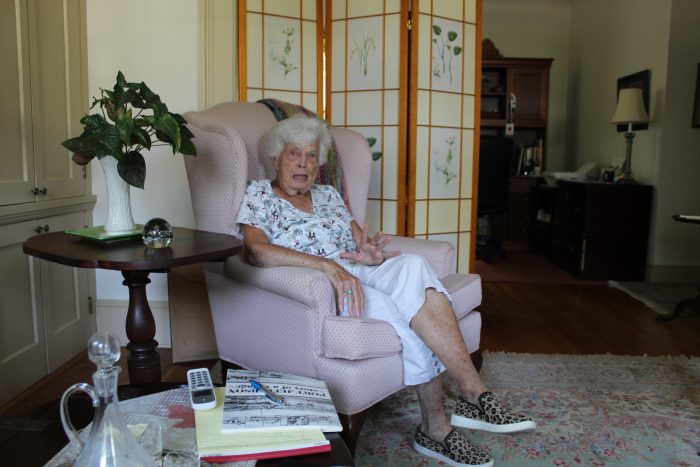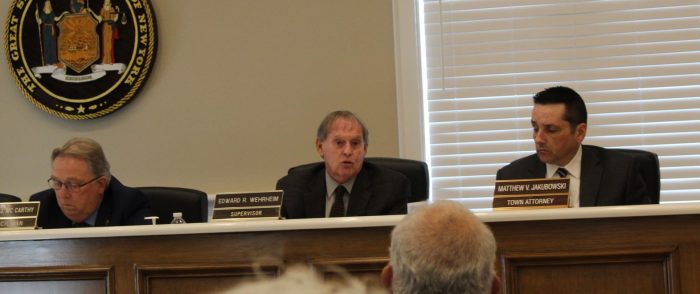From the shore, they can look like odd-shaped shadows with tails, moving in and out of the surf or approaching the shoreline.
Up close, they can have a collection of barnacles attached to their shells, particularly as they age.
Horseshoe crabs, who have been roaming the oceans for over 450 million years, have attracted the admiration of researchers and the dedication of volunteers around Long Island, who not only want to ensure they continue to survive, but also would like to know more about creatures that are more related to spiders and scorpions than to the crabs their names suggest.
“One of the things we’re trying to do is look at spawning in a more comprehensive way,” said Robert Cerrato, a professor in the School of Marine and Atmospheric Sciences at Stony Brook University. “We’re trying to figure out if there are specific things that [horseshoe crabs] are responding to” when they come up on the beach to lay their eggs.

Horseshoe crabs have had a steady decline in their population over the last 20 years overall. In the last three to five years, however, not much has changed in the Long Island area, scientists explained.
The population is “still very similar to where it was,” said Matthew Sclafani, senior resource educator at Cornell Cooperative Extension of Suffolk County and assistant adjunct faculty member at SBU.
Scalafani and Cerrato have worked together for well over a decade and are hoping to address a wide range of questions related to these unusual creatures that have nine eyes and blue blood.
Apart from the fascination of scientists and volunteers, the horseshoe crab provides a critical food source for shore birds like the Red Knot, which depends on these eggs during their migration.
At the same time, horseshoe crabs and their blue blood provide a key ingredient in tests of pharmaceuticals. When exposed to endotoxins, horseshoe crab blood forms clots.
The use of horseshoe crab blood to test drugs does not occur in New York, however, as companies don’t catch these creatures in the Empire State for this specific test.
Cerrato and Scalafani explained that numerous towns have also limited or banned the harvesting of horseshoe crabs to maintain their local populations.
Areas around West Meadow Beach in Old Field, for example, are closed to hand harvesting, as is Jamaica Bay and Gateway National Recreation Area.
Such policies “theoretically will allow for more eggs on the beach to hatch and for shore birds dependent on them” to find food, Sclafani said. Such closures, including some during the last two weeks in May and the first two weeks in June during the peak spawn were “significant steps for conservation,” Sclafani added.

Ongoing questions
By labeling and tracking horseshoe crabs, these researchers and a team of volunteers hope to understand whether crabs, which are capable of reproducing when they are between 8 and 10 years old, return to the same sites each year to lay their eggs.
Cerrato and Scalafani are hoping to get satellite tags they can attach to adults, so that when they come out of the water to spawn, researchers know their location.
The researchers submitted a proposal to the New York State Department of Environmental Conservation to do a pilot study with these satellite tags.
Juvenile horseshoe crabs also present unknowns, as they have a different diet and migrate at a much lower rate.
“We started to look at” crabs that are 3 to 10 years old, said Cerrato. Moriches Bay is an “important habitat” for them.
Volunteer passion
Volunteers who help count the horseshoe crabs count these creatures often until well after midnight.
Frank Chin has been wandering beaches, counting crabs for 15 years. When he was young, Chin wanted to be a forest ranger.
“I realized that forest rangers don’t make that much money, so I went to school for engineering, got a degree and worked as an engineer,” he said.
Chin found himself at a Friends of Flax Pond meeting, where Scalafani asked for help from the community.
“I foolishly raised my hand and they made me a coordinator,” joked Chin, who counts horseshoe crabs with his wife Phyllis.
Every year presents something new to Chin.
This year, he has run into people who fish late at night. Chin said the fishermen, who have permits, are cordial, but that he’s concerned they might be scaring crabs away from their usual spawning spots.
In addition to counting the crabs, Chin, who is the director of the lab in the Physics Department at SBU, also tags them. He once caught a crab seven years after he initially tagged it.
Chin, who will count crabs in the rain but not in thunderstorms, appreciates the dedication of his fellow volunteers, who not only count the crabs but will pick up garbage and bottles along the beach.
Chin plans to continue to “do it as long as I can walk down the beach.” Some day, he “hopes someone else will take over.”
Volunteers can sign up to join the effort at nyhorseshoecrab.org.


























